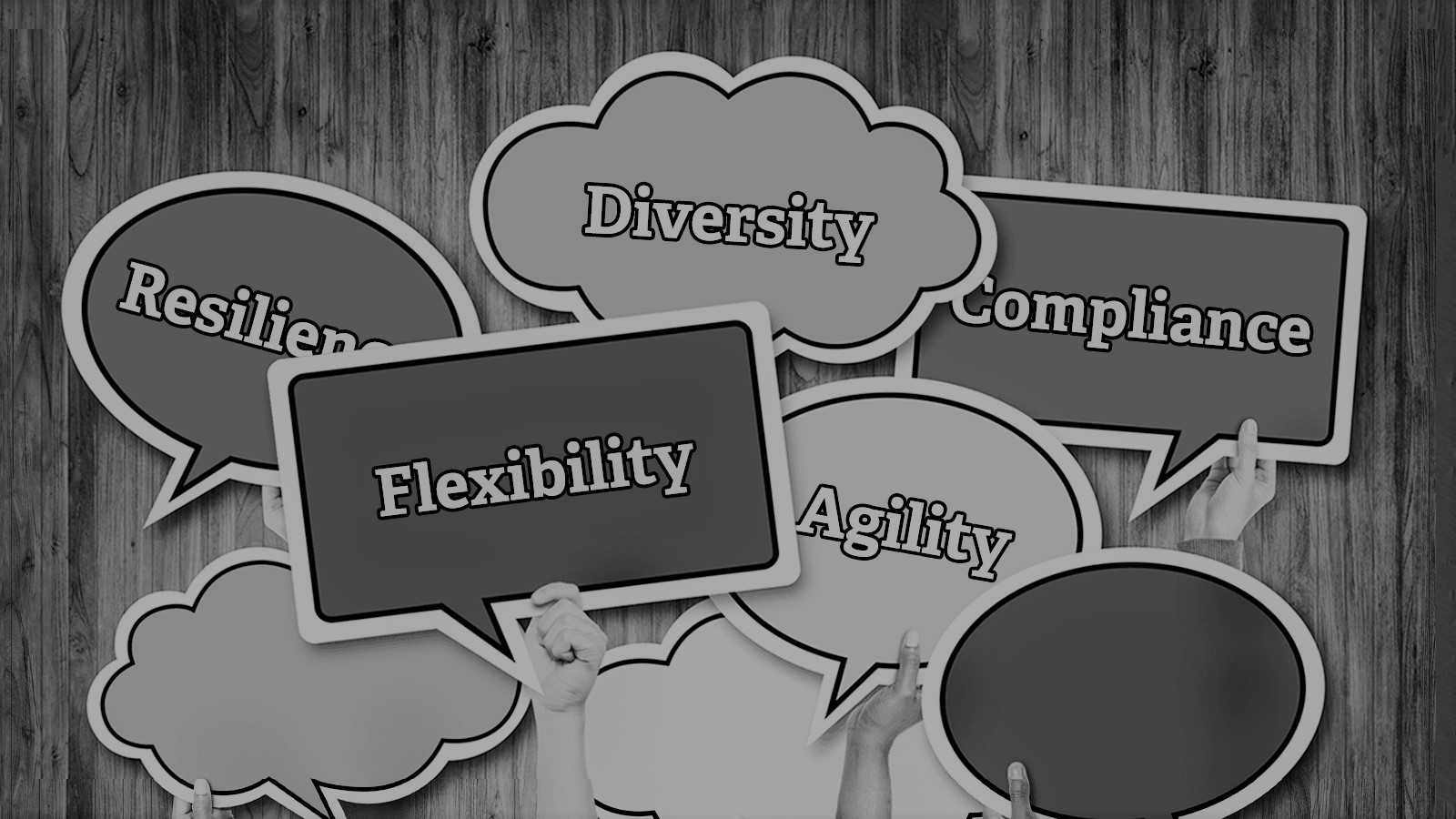
Stories Talk | Presentation Skills and Effective Storytelling
Stories Talk | Presentation Skills and Effective Storytelling
#society #jobs #worktrends #postpandemic #workmarket #hybridworkmodel #workfromhome #onlinework
By Mia Kollia
Translated by Alexandros Theodoropoulos
Multiple covid-19 variants and low vaccination rates have confirmed that the "return to normal" won’t happen soon and that conditions may never be the same again.
Of course, this doesn’t mean that we will be left to the fate of the times! Many executive managers, large companies and organisations, already monitor and record the underlying trends, so that we can collectively prepare for the conditions and requirements of the future labour market.
The main trends that will shape the work landscape in 2022 are the following:
1. Remote and hybrid work
Although some executives believe that office workers perform better and are more likely to be promoted than those who work from home, research has shown that remote or hybrid employees can actually perform at the same levels.
This year and as it seems for quite some time, companies need to have structured and organised policies for distance and hybrid working in order to maintain high levels of efficiency, professional loyalty and general success.
2. Multimodal schedules
In 2022 we see that work as we knew it, has changed on many levels. The way we work and the time we spend working have recently been more flexible.
Open communication with human resources will give us the information we need in order to develop creative schedules with hybrid work, reduced working days or flexible working hours. Employees who have such new and progressive positions are consistently more reliable and efficient, leading their companies on the road to success.
3. New efficiency tools
The tools we use for remote work will become the ones that will help measure and improve employees’ performance. For example, during virtual meetings, new technologies will be able to provide basic information about the people involved in the call and thus, participants will be able to focus on the topics that are most important to them. This way of working can also motivate employees to behave in ways that improve their interaction with each other and, more generally, their performance.
4. Methods of attracting talent
While some companies are able to compete for high-paying talent, others do not have the financial resources to do so. But instead of trying to win the battle for talent by raising salaries, we see that some employers reduce employees' working hours but keep their salaries stable.
Also, if inflation continues to rise, employers will see that the compensation they offer to employees will be worth less and less in terms of purchasing power. Thus, free time becomes more valuable and attractive. For employers with less liquidity, limited working hours are a better opportunity to compete with corporations that offer higher wages.

5. Reformation of managerial duties
New technologies will gradually begin to replace additional managerial tasks, such as providing performance feedback and supporting employees in creating new peer-to-peer connections. Research shows that up to 65% of the work currently performed by a manager can be automated by 2025.
With this development in automation, companies will face a dilemma: to reduce the number of managers/executives or to redefine what it means to be a manager. By giving managers time to build more humane relationships with their employees, a more direct way of communication between employees and their employers will be created.
6. Social connections and networking
Employees who work remotely have fewer friends at work and therefore, weaker social and emotional relationships with their colleagues.
It is up to us to offer smart opportunities to develop social relationships at work, as well as at remote work. Cultivating human contacts will help the company's staff perform better, providing them with more reasons to stay in a position that offers a healthy social environment.
7. Wellness as a service of the working environment
With an increasing sedentary lifestyle, isolation and mental health issues, the level of care for employees will be a critical factor in the success of companies from now on.
Companies and organisations should adopt new means which will have a positive impact on the financial, mental and physical health of their employees. In this way, they will be able to predict more accurately the performance and maintenance of their workforce.
8. A working environment of Inclusion
Issues of politics, culture and social behavior have fully entered the workplace. The frequency with which CEOs talk about justice and inclusion has increased by 658% since 2018.
The changing nature of corporations - how they relate to their employees, communities and their place in society - creates the new important role of the C-suite, which will emerge in 2022: the chief purpose officer. These responsibilities are currently shared among various individuals in an organisation. These tasks will now be integrated into this new role, as these issues become even more important for corporate strategies.
9. Responding to the requirements of fair treatment
The number one priority for HR executives this year will be to address the demands of fair treatment of employees in the workplace. Issues of justice and equality are emerging in new ways:
• Who has access to flexible work? We have seen corporations where some managers allow their employees some flexibility while others don’t.
• What happens when workers move to places with lower living costs? Should employers reduce their compensation, even though the impact of their work hasn’t changed?
• When additional financial resources are available to support workers with children, how do we protect childless workers at the same time?
10. Turnover staff management
With hybrid and remote work as a rule, the geographical scope of the corporations in which one can work also expands. It therefore becomes easier to maximize the turnover, resulting in reduced efficiency and constant disruption of the work environment.